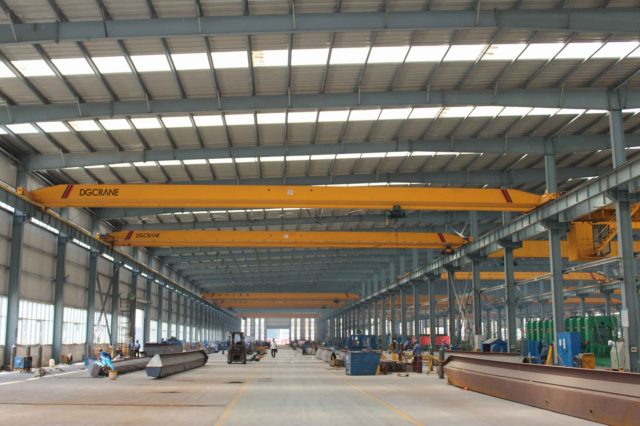The modern industry sectors such as construction, mining, manufacturing, and shipping have made the use of overhead cranes popular. Cranes move massive and heavy materials from one place to another with ease.
The capacity of cranes varies from 2 to 500 tons or even more, and they are available in different types. EOT cranes, single girder overhead cranes, Gantry cranes, and Jib cranes are some of the most common types making rounds in the modern industry. Today, such heavy-weight cranes have become indispensable, and they increase the productivity of any project.
If you are a construction site foreman or a crane operator, you need to understand that there are risks involved in operating an overhead crane. There are some safety protocols required for operating the cranes and for the workers.
Know and Follow Safety Precautions
Having proper knowledge of safety practices is crucial. Overhead cranes cannot be operated by just anyone. That’s because you need to have a good knowledge of how to operate such integrated machines. Besides, the safety aspect is something that you simply cannot ignore.
For maximum utilization of the cranes, workers need to be skilled and fully trained in their job. As these cranes are risky to use, the operators need to be well aware of their own duties and responsibilities. As a crane operator, you should bear in mind that any mistake on your part can put your life and the lives of other workers at risk. Therefore, it is better to be safe than sorry.
Crane operators should master the risks and potentials of hazards that can occur during operation. Similarly, every worker on the construction site or in the factory should be made aware of the dangers posed by all sorts of malfunctions and mishaps when using a crane machine. When a crane gives out warning signals to alert people, everyone near the site should understand its implications.
Proper clothing is another factor that deserves due importance. Safety glasses and hardhat are two essentials that workers must wear at all times, especially if they are working on operation sites.
Never use a crane when it is under repair or in a non-functional state. Only when it has been certified by qualified people, can you make use of that crane. Always remember that safety is something that you can’t ignore at any cost.
Every Onsite Worker Needs Training, Too
Everyone in the vicinity should give due attention to audible warning signs emanating from cranes in motion. For that, every worker working in onsite should know about crane warning signs and understand when to evacuate the site. Therefore, you should always check the crane’s warning signal first to make sure it is working perfectly. You should also check the essential controls including the brakes before operating the machine.
Cranes have a certain load-carrying capacity and it should never go off beyond that point. No one should go beyond the carrying capacity of any overhead cranes.
In a nutshell, overhead cranes are risky to operate and only a well trained person should operate them. Train the workers effectively and derive the best possible results.
Overhead cranes are constructive equipment for modern industry sectors. These basic safety rules will help you to operate the machine properly as well as care for the well-being of your workers. For high-quality overhead cranes, you should check out DGCRANE, a professional overhead crane manufacturer. They build and design for a wide variety of industry sectors.
